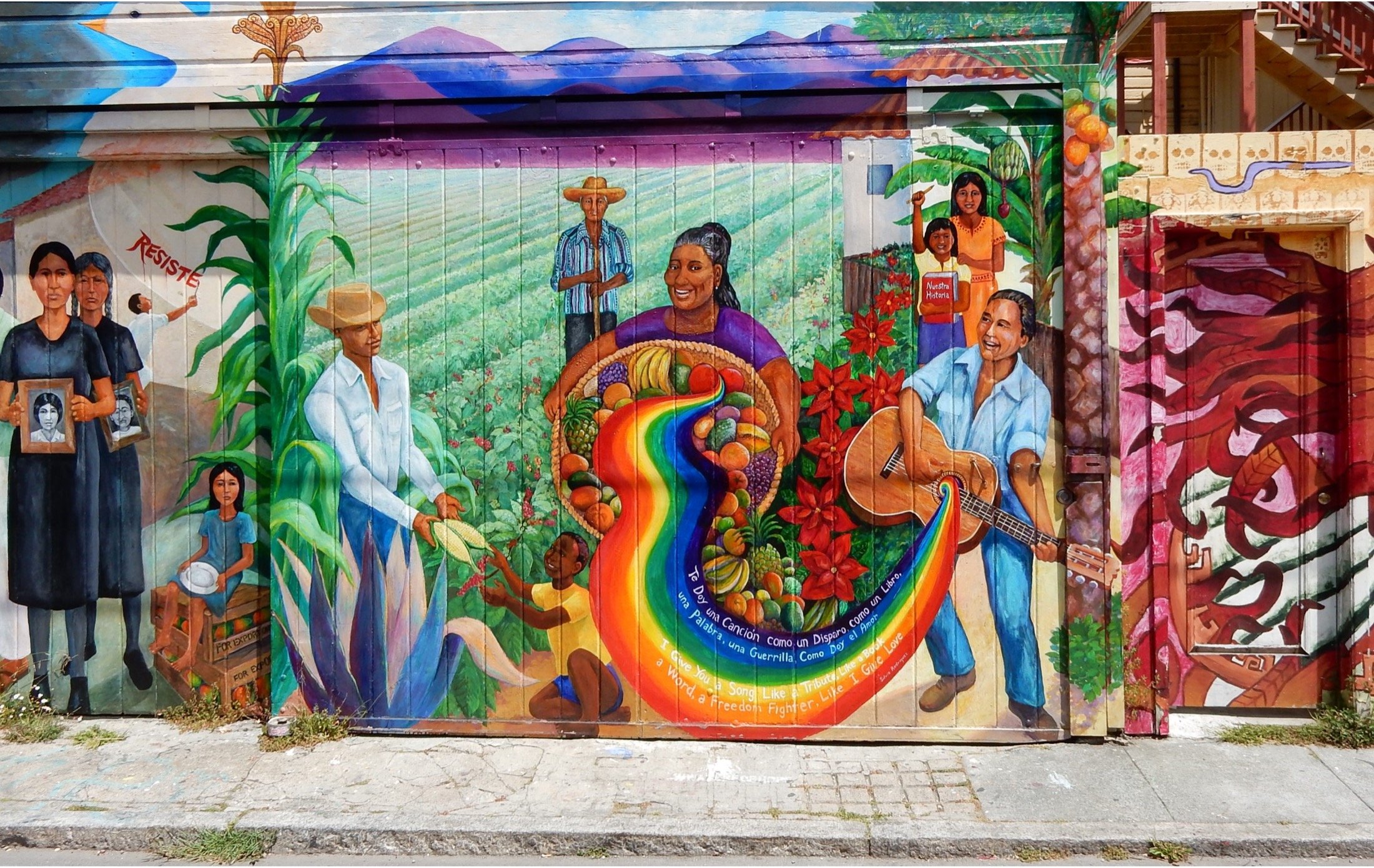Mission Action Project
The Mission neighborhood in San Francisco is alive with restaurants, nightlife, parks and cultural amenities. Its streets are crowded and fun. It has beautiful architecture and it is uniquely positioned, offering great transportation options to job centers. In 2016, it was the ground zero for gentrification.
When the city relaxed zoning restrictions, dozens of projects were proposed and promptly given derisive names: The Monster in the Mission, the Beast on Bryant, the Baby Beast. Advocates and proponents spent hours at Planning Commission meetings, battling tooth and nail. Something had to change.
We were hired to facilitate a constructive dialogue among the participants. Everyone agreed they wanted to preserve the local character of their diverse neighborhood, but disagreed on how to do it. Prior efforts had resulted in tempers flaring and not much trust in the room. Using dispute resolution and skilled meeting facilitation, we systematically worked through the challenging issues and emotions.
We began by getting to know the key participants with one on one interviews. We also discussed their vision for the future. Once we built trust, we held the first meeting, approximately 20 stakeholders. Initially, we kept the meetings tightly structured, agreeing on ground rules and taking turns to talk and listen. Over time, when the yelling was distant memories, we let the conversations happen more organically.
It turned out that the city and the community had more in common than they realized. They both shared a commitment to keeping the Mission a diverse, mixed income community. Together, they identified scores of policies and projects to bring forward from protecting long term businesses to tenants’ rights. In the end, the only piece they disagreed on was the role of new construction. The city felt the extra housing stock helped relieve displacement pressure while the community felt it contributed to higher prices.
What happened, which is common in disputes, is that the parties could only see their disagreement – it came to define their relationship. Rather than being a point of dispute among many points of agreement, it was all they could focus on. By resetting the conversation, skilled facilitation and changing the frame, the Mission Action Plan was born, and the relationship repaired. And for what it’s worth, the Monster in the Mission is dead, replaced by a 100% affordable proposal.
With the process going smoothly, the San Francisco City Planning Department was able to take over the facilitation of the process and cites it as a model for other neighborhoods.

